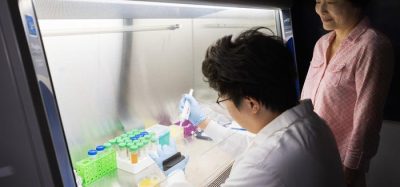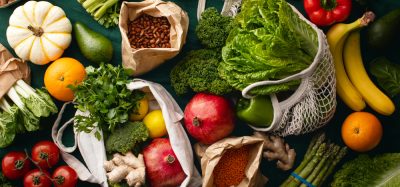Food recovery platform adapts to meet quarantine needs
- Like
- Digg
- Del
- Tumblr
- VKontakte
- Buffer
- Love This
- Odnoklassniki
- Meneame
- Blogger
- Amazon
- Yahoo Mail
- Gmail
- AOL
- Newsvine
- HackerNews
- Evernote
- MySpace
- Mail.ru
- Viadeo
- Line
- Comments
- Yummly
- SMS
- Viber
- Telegram
- Subscribe
- Skype
- Facebook Messenger
- Kakao
- LiveJournal
- Yammer
- Edgar
- Fintel
- Mix
- Instapaper
- Copy Link
Posted: 4 May 2020 | Leah Lizarondo | No comments yet
Tech nonprofit Food Rescue Hero is using its 10,000-strong network of volunteer drivers to deliver emergency food to those in the US impacted by the coronavirus pandemic. Here, CEO and Co-Founder Leah Lizarondo gives an overview of the organisation’s relief contributions.
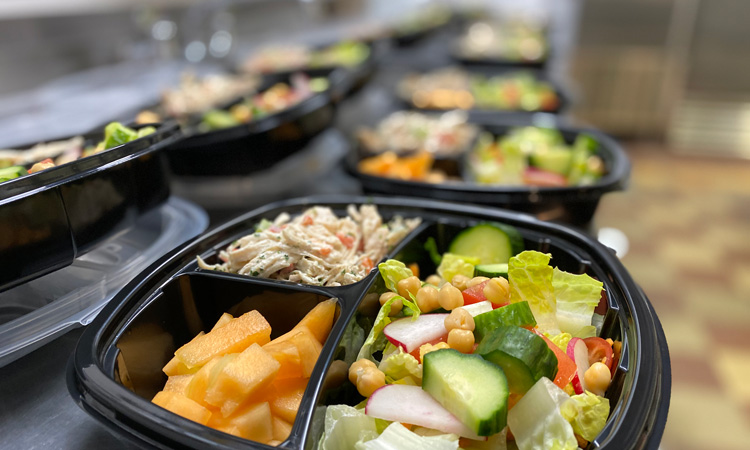

As the COVID-19 crisis increases the risk of food insecurity, the need for social isolation is also making it harder for vulnerable people to reach food assistance. Hearteningly, we’re seeing an increase in the number of people looking to volunteer in their communities. The challenge is to harness this swell of engagement safely and effectively. My organisation, Food Rescue Hero, has been able to adapt our extensive food recovery network to do just that.
Door-to-door food aid
Food Rescue Hero is an international tech nonprofit based in Pittsburgh and also serves Cleveland, Philadelphia, San Francisco, Northern Virginia, Los Angeles, and soon, Vancouver. Over the past five years, we’ve used our eponymous app to build the world’s largest network of volunteer food delivery drivers – 10,000 strong and growing. The network was originally designed to prevent food waste by delivering surplus from grocery stores and restaurants to nonprofits that serve people experiencing food insecurity.
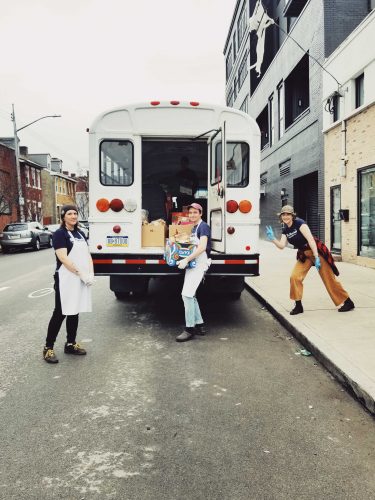

We’re undertaking this project in partnership with nonprofits such as food banks, food pantries and senior agencies. Once the pilot period in Greater Pittsburgh is completed, the protocol and features will be rolled out in all cities that the Food Rescue Hero app serves, with a goal to release nationally sometime this year.
A model built for emergencies
We’ve been able to respond nimbly to the current crisis because our network is structured to adapt to emergencies. Focusing on the unique logistical challenges of retail food recovery, we use a platform similar to those of ride-sharing companies to coordinate a large, distributed network of volunteer drivers. In traditional models of retail food donation, regularly scheduled delivery trucks move food from donors to food pantries; if a truck breaks down, many of the pantries that depend on it won’t get their delivery for that day. With the Food Rescue Hero network, however, a back-up driver is just a push notification away.
Because driving food requires no congregation or groups, this is the perfect opportunity for people to serve others safely in these times.
Because of the platform’s flexibility, our service level stands at 99 percent, missing only one percent of available rescues. Over the past five years, our volunteers have completed more than 90,000 rescues and delivered more than 12 million meals to people who need them. And right now, more people than ever are in need.
Thinking outside the food shelf
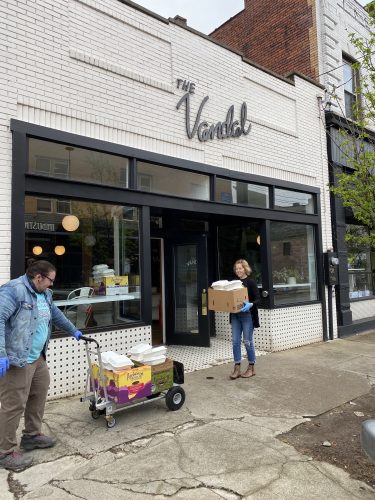

On 27 March 2020, Food Rescue Hero distributed 500 meals to bus stops in food insecure and unwalkable neighbourhoods. The meals were prepared by local restaurants, giving a boost to the local economy. The effort, made in collaboration with other local organisations and community members (and with support from actor and Pittsburgh area native Michael Keaton), was a pilot run. Now that we have proof-of-concept, we’ll advocate for the model in school districts around the country.
People helping people
Amidst the uncertainty and fear of this time, our organisation has seen, not a dip, but a surge in new volunteers. Nationwide in March, more than 1,500 new volunteers downloaded the app, which reflects a 300 percent increase in new volunteer sign-ups compared to an average month. We’ve also seen a spike in requests from other cities to make our app available to help with the swell of volunteers who want to ensure that seniors have food.
Over the past five years, our volunteers have completed more than 90,000 rescues and delivered more than 12 million meals to people who need them.
Because driving food requires no congregation or groups, this is the perfect opportunity for people to serve others safely in these times. While maintaining physical distance, people are finding new ways to come together.
We always envisioned Food Rescue Hero as a movement. The network is coordinated by technology, but it’s powered by communities – by the goodwill of ordinary people who want to make the world a little more livable for all of us. In the face of this pandemic, there’s a sense of helplessness. But there’s still so much we can do for each other. Our platform gives people a safe way to help their neighbours.
About the author
Leah Lizarondo brings a 15-year track record of leadership positions with global corporations and nonprofits. Leah received her Masters Degree in Public Policy from Carnegie Mellon University graduating with Highest Distinction. She began her career as a product manager in Southeast Asia, working in consumer packaged goods and technology before moving on to her passion in food and health advocacy.
She has worked in leadership positions in nonprofits in New York and Pittsburgh and is interested in the intersection of social good and technology and mines her experience launching startups as she works to grow 412 Food Rescue.



